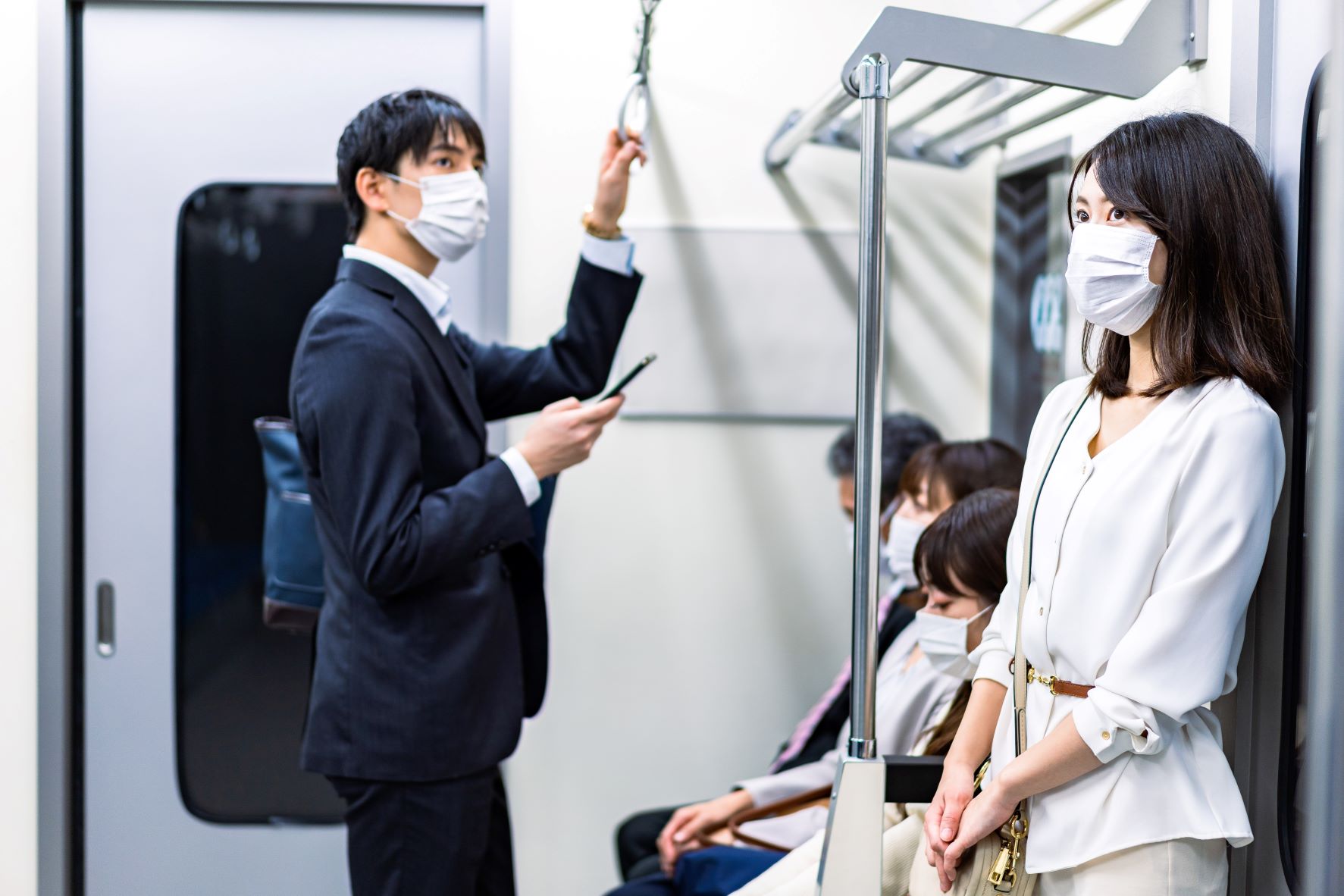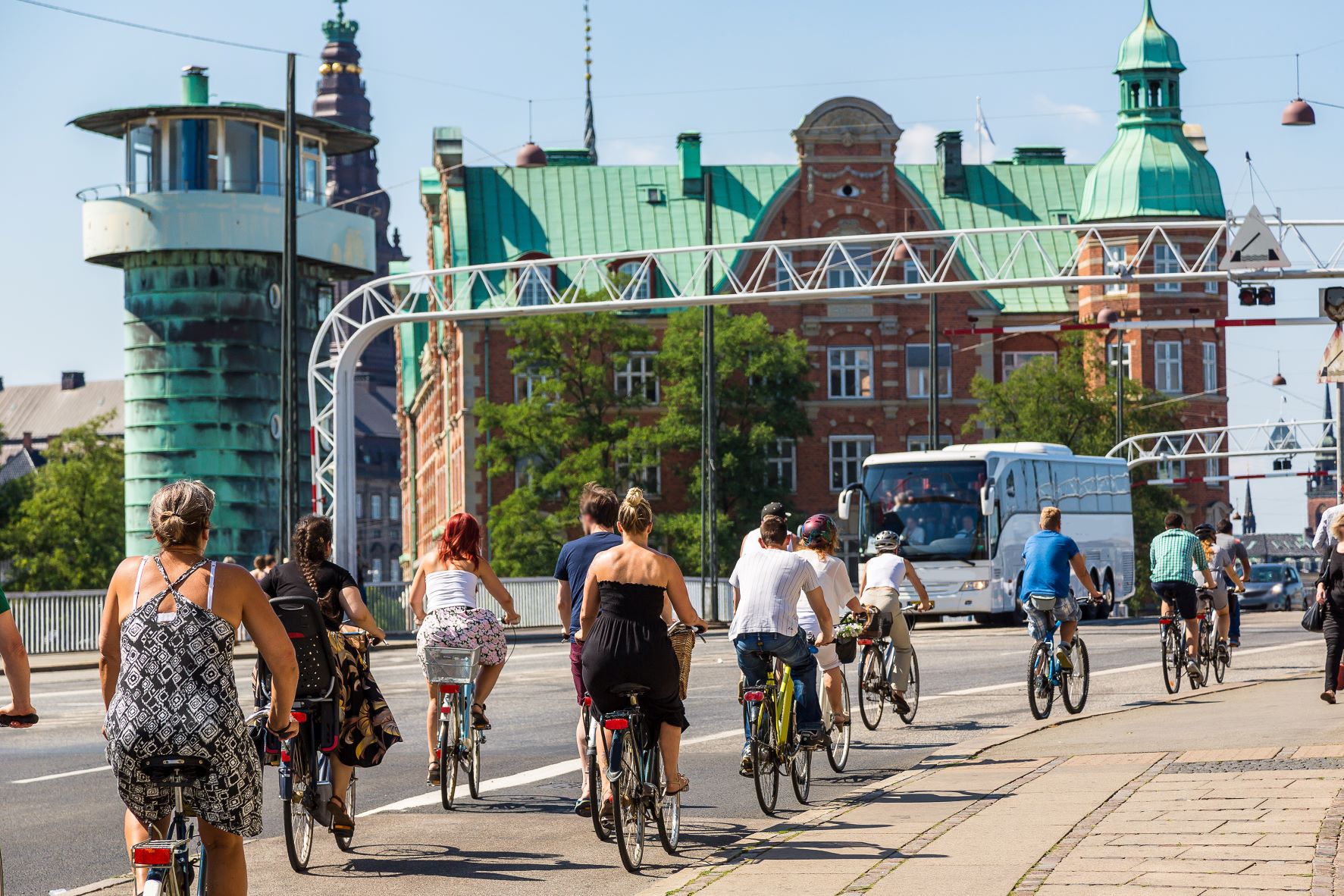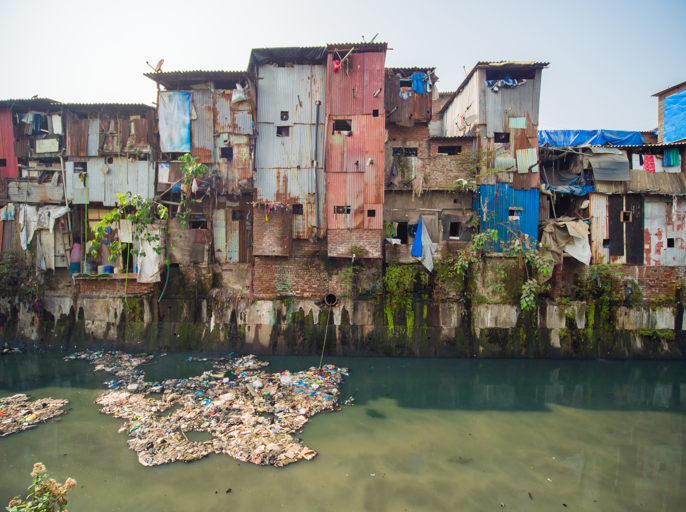
Today’s GOALS
Let’s have a look at the goals for today.
“Sustainable Cities and Communities” is the topic of this unit.
“Sustainable Cities and Communities” is the topic of this unit.
今日のテーマは「住み続けられる街づくりを」です。
Today’s Goals
■ 街づくりやコミュニティにかかわる単語・表現を学ぶ
Learn the vocabulary and expressions related to sustainable cities and communities
■ 街づくりやコミュニティの問題を抱える世界の国について知る
Get to know and share your thoughts on the countries facing issues related to cities and communities
■ passageを読んで街づくりやコミュニティ問題についての知識を深める
Deepen your knowledge of issues related to cities and communities by reading passages
Part A Self-Introduction
自己紹介をする

Part A_1 Self-Introduction
Let’s introduce ourselves to each other.
自己紹介をしましょう。
My name is ________. What is your name?
Part A_2 Self-Introduction
I am ________. Nice to meet you.


Part A_3 Self-Introduction
Nice to meet you too, ________.
Let’s get started.
Let’s get started.
Part B Review
前回のレッスンの復習
Review of the previous lesson

Part B_1 Review
Please read aloud the passage below.
文章を読んでください。講師がチェックします。
Part B_2 Review
Global Inequality
Equality is important for everyone in order to promote inclusive social and economic growth. 80 percent of the one billion people with disabilities live in developing countries. However, only some people who need special assistance can receive disability benefits. Social protection services should be expanded globally.


Part B_3 Review
I will ask the following questions. Please answer based on the passage.
講師が質問するので答えてみましょう。

Part B_4 Review
| 1. | Why is equality important? |
Part B_5 Review
| Equality is important because _______________. |


Part B_6 Review
| 2. | Did you do your research on the sub-textbook? Did you find the activity for equality issues? Please tell me what you feel about it. |
Part B_7 Review


Part B_8 Review
Now, let’s review your answers.
復習してみましょう。
Part B_9 Review


Part B_10 Review
So far, we reviewed the previous lesson topic, “Reduced Inequalities”. Do you have any questions?
In the next part, we are going to learn about “Sustainable Cities and Communities”.
In the next part, we are going to learn about “Sustainable Cities and Communities”.
ここまでは前回の復習です。
次のパートからは、「住み続けられる街づくりを」について学習を進めましょう。
次のパートからは、「住み続けられる街づくりを」について学習を進めましょう。
Part C Description
描写問題 他国を知る
Get to know other countries’ situations

Part C_1 Description
Find out where Denmark is located.
デンマークの場所について確認しましょう。
| 1. | Where is Denmark? A, B or C? |
Part C_2 Description
| The answer is _________. |


Part C_3 Description
Please look at and study the pictures below. These are pictures from Japan and Denmark. I will ask you a question.
(Give the student at least 20 seconds to study both pictures.)
下記は、日本とデンマークの写真です。写真について質問をします。

Part C_4 Description
| 2. | What can you see in the pictures? Please describe as many as you can from each picture. |
 |
 |
Part C_5 Description
| Answer: |


Part C_6 Description
Now, let’s review your answers.
復習してみましょう。
Part C_7 Description


Part C_8 Description
Did you get any images of “Sustainable Cities and Communities”? If you have anything you don’t know well, please keep researching after the lesson.
Part D Vocabulary
英単語の意味と発音を確認する
Learn the vocabulary and phrases related to the topic

Part D_1 Vocabulary
We’ll read aloud the words and sample sentences below. Please repeat after me. I will check your pronunciation.
講師の真似をして単語を発音しましょう。
Part D_2 Vocabulary
 |
slum 貧民街、スラム街
Slums have become potential homes for criminals.
|
 |
strain 負担
The country’s finances are under strain after the war.
|
 |
transportation 輸送機関、手段
The country is aiming to use safer modes of transportation like bicycles.
|
 |
surface 表面
The sea covers most of the Earth’s surface.
|


Part D_3 Vocabulary
Now, let’s review some words from part D_2.
(Please review the mispronounced words and expressions from part D_2.)
復習しましょう。
Part D_4 Vocabulary


Part D_5 Vocabulary
Please look at the pictures below. Now, fill in the blanks with the words you learned and read aloud the complete sentences.
(Please give the student time to answer.)
それでは、下記のそれぞれの文章の空欄に先ほど学んだ単語のいずれかを埋めて、文章を完成させましょう。
Part D_6 Vocabulary
| 1. | The increase of people living in _______________ is a result of poverty. |
| 2. | Relations with neighboring countries are currently under _______________. |
| 3. | Hopefully, people will start using electrical- or hydrogen-powered _______________. |
| 4. | Ten percent of the Earth’s _______________ used to be covered in tropical rainforests. |


Part D_7 Vocabulary
Now, let’s review your answers.
復習してみましょう。
Part D_8 Vocabulary


Part D_9 Vocabulary
Do you have any questions about the meaning of words?
Then, let’s move on to the next part.
Then, let’s move on to the next part.
Part E Reading
リーディング問題 passageを読んで知識を深める
Learn the facts about the topic and the countries that are related to it

Part E_1 Reading
Please read aloud the first passage below.
文章を読んでください。
Part E_2 Reading
Rapid Urbanization
Rapid urbanization is taking place in every part of the world. However, 828 million people are still living in slums. Rapid urbanization has a huge impact on people living in both cities and slums.
For example, the most precious freshwater resources, sewage systems, the living environment, and public health are all under strain from rapid urbanization. Rivers, lakes, and aquifers are drying up or becoming too polluted to use.

Cities, on the other hand, consume 60–80 percent of global energy and emit 75 percent of carbon dioxide. While cities account for only 3 percent of the Earth’s land surface, the smog and air pollution they produce cause climate change.


Part E_3 Reading
I will ask the following questions. Please answer based on the passage. I will check if your answers are appropriate.
講師が質問するので答えてみましょう。

Part E_4 Reading
| 1. | What are under strain from rapid urbanization? |
Part E_5 Reading
| Answer: |


Part E_6 Reading
| 2. | According to the graph, which year has the highest carbon dioxide (CO2) emission? |
Part E_7 Reading
| Answer: |


Part E_8 Reading
Please read aloud the second passage below.
文章を読んでください。
Part E_9 Reading
Sustainable Cities
Copenhagen, Denmark is one of the world’s most environmentally-friendly and energy-efficient cities. Over a third of all transportation fossil-fuel use has been eliminated, equal to 90,000 tons of greenhouse gases each year. Copenhagen’s main mode of transportation is bicycles, providing well-maintained bike lanes.
Cape Town, South Africa, has also sought new technologies to make the city more sustainable. Cape Town has invested in its quick service called My CiTi, which allows bikes on buses for free to help people move around without a car.


Part E_10 Reading
I will ask the following questions. Please answer based on the passage. I will check if your answers are appropriate.
講師が質問するので答えてみましょう。

Part E_11 Reading
| 1. | What is Copenhagen’s main mode of transportation? |
Part E_12 Reading
| Answer: |


Part E_13 Reading
| 2. | What does Cape Town’s quick service My CiTi allow people to do? |
Part E_14 Reading
| Answer: |


Part E_15 Reading
Now, let’s review your answers.
復習してみましょう。
Part E_16 Reading


Part E_17 Reading
Did you understand the situation and facts about sustainable cities and communities? If you have any questions, please ask me.
Part F Opinion
オピニオン 問題を身近に考える
Think about the topic as your own

Part F_1 Opinion
Please answer the questions below. You can share your opinions.
(It’s okay if the student’s answers are not complete sentences. To share his/her opinions is the goal for this part.)
講師が質問をするのであなたの意見を答えましょう。

Part F_2 Opinion
| 1. | Do you prefer living in the city or in a rural area? Why? |
Part F_3 Opinion
| Answer: |


Part F_4 Opinion
| 2. | What do you think is important for a sustainable city? |
Part F_5 Opinion
| Answer: |


Part F_6 Opinion
Now, let’s review your answers.
復習してみましょう。
Part F_7 Opinion


Part F_8 Opinion
Thank you for sharing your opinions. Let us continue to learn and think about issues related to cities and communities, and then take action to solve them.
